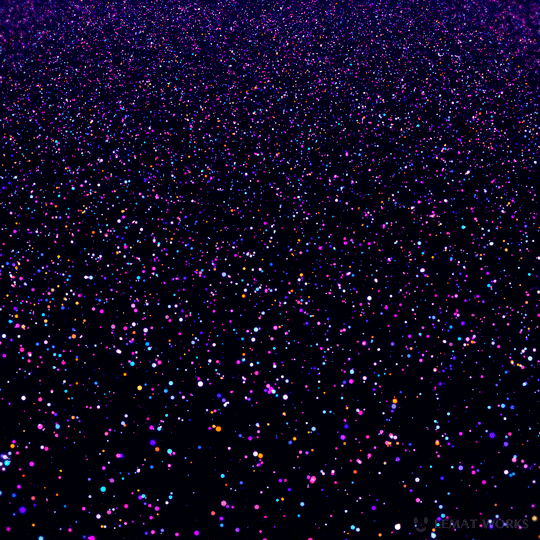Text
Lost in Tennessee
Bones and tendons move under too tight scared skin.
Your hands shift, wrapping around your legs as you try to physically hold yourself together.
You should be happy here in this winter wonderland with me,
But the cold sinks into your bones and hardens your heart.
I ask why you hold yourself the way you do,
Like you’re trying to protect yourself.
You turn and look at me slowly like you can’t quite hear me and tell me in a too dull voice,
“It’s because you didn’t.”
4/6/2020
4 notes
·
View notes
Text

The Challenge: Comment on every fanfic you read and enjoy in the month of January.
Every chapter. Every one shot. Every drabble. Every ficlet. Whether it’s on a personal website, a blog, or an archive. Whether you’ve read it a hundred times before or you’re reading it for the first time. Whether the fic was posted years ago or minutes ago. Whether you sign your name or leave your thoughts anonymously. Whether your comment is paragraphs in length or a few short words. Comment on every fanfic you read and enjoy in the month of January.
The Philosophy: Comments are what keep a fandom thriving and growing.
We don’t see comments as a transaction. They’re not a price paid for reading a fic. We see comments as an interaction, a way of building relationships. Comments are a courtesy, not a currency. [x]
Fandom is a relationship between dozens,hundreds, thousands, maybe millions of fans, and the only way for the greater fandom relationship to function, is for those fans to interact. One way to interact is by writing and reading fanfic. A writer prompts an interaction by posting their work; it is up to the reader to then acknowledge (or not acknowledge).
As one of our favorite blogs, @ao3commentoftheday, said: [x]
“Comment if you can, but don’t be bullied or pressured into it. A comment should be written in the same spirit as the fic itself: wanting to reach out to other people who love the same fandom as you do. It’s not easy to do that, I know, and I don’t hold it against you at all if you can’t.”
The Only Rule: Be kind.
Be kind to your fandoms’ writers.
Please note that this challenge is to “comment on every fanfic you read and enjoy in the month of January.” As our fandom forebears were fond of saying, “Don’t like, don’t read.” For FaFiCoWriMo, we have taken that one step further by saying, “Don’t like, don’t comment.”
No matter how well-intentioned, critique is useless unless it comes from a place of trust. Unless you know an author personally and they have specifically asked for your critique, please keep it to yourself.
It costs zero of your currency and zero of your time to not be a jerk.
Be kind to yourself.
If you do find yourself unable to comment on every fic (for whatever reason), remember this: we forgive you, zero judgement. [x]
14K notes
·
View notes
Text
Everyone (Even You!) Can Use Satellite Data
At NASA we’re pretty great at putting satellites and science instruments into orbit around Earth. But it turns out we’re also pretty great at showing people how to get and use all that data.
One of the top ways you can learn how to use NASA data is our ARSET program. ARSET is our Applied Remote Sensing Training program and it helps people build skills that integrate all these Earth science data into their decision making.

ARSET will train you on how to use data from a variety of Earth-observing satellites and instruments aboard the International Space Station.
Once you take a training, you’ll be in GREAT company because thousands of people have taken an ARSET training.

We hold in person and online trainings to people around the world, showing them how to use NASA Earth science data. Trainings are offered in air quality, climate, disaster, health, land, water resources and wildfire management.
For example, if you’re trying to track how much fresh drinking water there is in your watershed, you can take an ARSET training and learn how to find satellite data on how much precipitation has fallen over a certain time period or even things like the ‘moistness’ of soil and the quality of the water.

Best yet, all NASA Earth observing data is open and freely available to the whole world! That’s likely one of the reasons we’ve had participants from 172 of the approximately 190 countries on Earth.

Since its beginning 10 years ago, ARSET has trained more than 30 thousand people all over the world. They’ve also worked with people from more than 7,500 different organizations and that includes government agencies, non-profit groups, advocacy organizations, private industry.
And even though 2019 is ARSET’s 10th birthday – we’ve only just begun. Every year about 60% of the organizations and agencies we train are new to the program. We’re training just about anyone who is anyone doing Earth science on Earth!
Join us, learn more about how we train people to use Earth observing data here, and heck, you can even take a training yourself: https://arset.gsfc.nasa.gov/.
Make sure to follow us on Tumblr for your regular dose of space: http://nasa.tumblr.com
1K notes
·
View notes
Text
Baby, how do you manage to go through life carrying every mountain you were meant to climb?
2 notes
·
View notes
Video
yahoo
Teeny-Tiny Food
A full-course meal… Charm-sized!
9K notes
·
View notes
Photo

Jupiter in Ultraviolet from Hubble : Jupiter looks a bit different in ultraviolet light. To better interpret Jupiter’s cloud motions and to help NASA’s robotic Juno spacecraft understand the planetary context of the small fields that it sees, the Hubble Space Telescope is being directed to regularly image the entire Jovian giant. The colors of Jupiter being monitored go beyond the normal human visual range to include both ultraviolet and infrared light. Featured from 2017, Jupiter appears different in near ultraviolet light, partly because the amount of sunlight reflected back is distinct, giving differing cloud heights and latitudes discrepant brightnesses. In the near UV, Jupiter’s poles appear relatively dark, as does its Great Red Spot and a smaller (optically) white oval to the right. The String of Pearl storms farther to the right, however, are brightest in near ultraviolet, and so here appear (false-color) pink. Jupiter’s largest moon Ganymede appears on the upper left. Juno continues on its looping 53-day orbits around Jupiter, while Earth-orbiting Hubble is now recovering from the loss of a stabilizing gyroscope. via NASA
2K notes
·
View notes
Text
Friendly reminder that this blog is pro-choice and if you don’t think a woman should have full control of her own body, then kindly unfollow me right now and go to hell
243K notes
·
View notes
Photo

Produced by LEMAT WORKS
Future Galaxy1 2 3 4 5 6 7 / Twinkle Night3 2 5 / Golden Stars / Portfolio
10K notes
·
View notes

